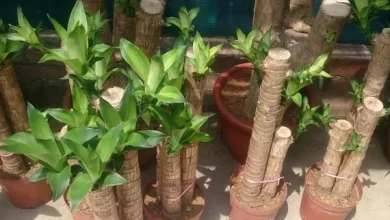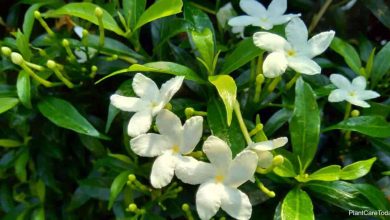Junco: [Planting, Care, Irrigation, Substrate, Pests and Diseases]
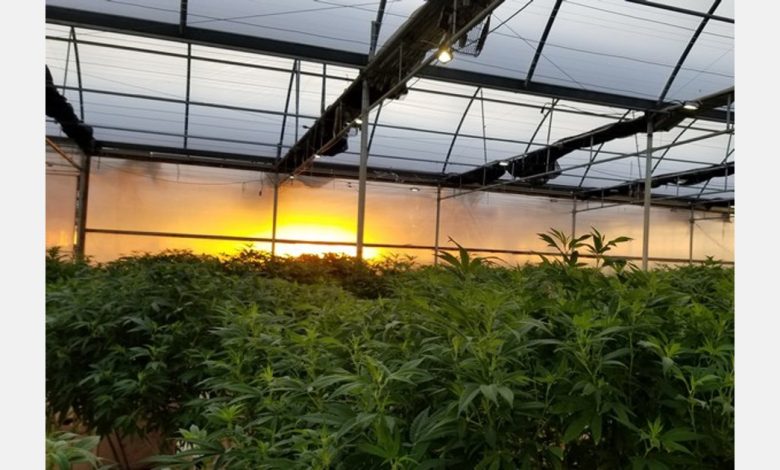
Important points when planting Junco
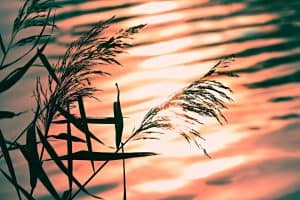 When? They are planted and multiplied in spring.
When? They are planted and multiplied in spring.- Where? In gardens with plenty of water and good sunlight. And in its natural habitat, it thrives in riverbanks, swamps, and wetlands.
- How do we prepare the land? It requires a bog substrate, when grown in the garden, but it must be in full contact with water.
- How do we sow? It is an aquatic plant, but can be kept indoors.
- When does it bloom? In spring-summer, from April to July,reddish-brown flowers bloom.
- How do we pay? It is not necessary to pay it, although from time to time it is convenient to receive nitrogenous fertilizer, in spring and summer.
- Ideal temperature? Cool climates, where there are no frosts or very cold air currents. You have to protect it a lot in winter.
- How do we water? It needs to consume a lot of water, given its aquatic origin since it grows on the banks of rivers. It is not watered, you have to give it water to drink.
- Diseases and pests? There are no records of pests and diseases associated with this plant.
What is Junco?
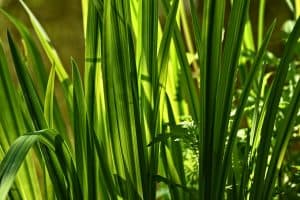 Rush or Juncus effusus, is a monocotyledonous herbaceous plant belonging to the Juncaceae family. It has its origin in many regions of the planet: it multiplies in parts of Asia, Europe, North America and Australia.
Rush or Juncus effusus, is a monocotyledonous herbaceous plant belonging to the Juncaceae family. It has its origin in many regions of the planet: it multiplies in parts of Asia, Europe, North America and Australia.
They also proliferate in the humid areas of the African continent and the fluvial areas of America.
There are currently some 225 variety of officially cataloged species.
Its name comes from Latin and means to unite or to link. It is also known as Junco fine and Junco de esteras.
In the wild, it grows happily in forests, swamps, and along riverbanks, so it is also considered an aquatic plant.
In Spain, it abounds in the Wetlands of Castilla-La Mancha, where it has been the object of study.
Reed Characteristics
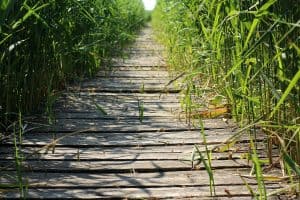 It is a very robust perennial or evergreen plant, with flexible, cylindrical, erect stems, which can be smooth or striated, and have no leaves.
It is a very robust perennial or evergreen plant, with flexible, cylindrical, erect stems, which can be smooth or striated, and have no leaves.
It has an internal pith and basal sheaths in shades ranging from brown to reddish, which develop inflorescences at the tip that end with a large number of small flowers of both sexes, which are therefore hermaphroditic and sprout reddish brown.
The maximum size of a Junco is about 1.5 meters high, although it usually reaches about 90 cm in height, as long as they grow in a cool environment, where the humidity is constant and at about 500 meters above sea level..
Said humidity allows it to reproduce, favors the growth and expansion of its rhizomes, which are very rough roots of a blackish color, from which the white-based aerial stems sprout.
There is also a pod that usually sprouts in ideal conditions, highly valued as a raw material.
A fruit called achene is also born, with a flat-convex shape and rounded edges, with three internal brown setae.
Its medicinal uses are widely popular, because the root, stems and flowers are used to combat diseases such as intestinal pain, diarrhea, high blood pressure, colds and even in the elimination of warts on the skin.
Its stems are used in basketry as a raw material.
Where should we plant the Junco?
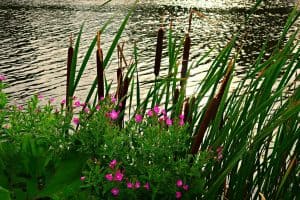 In the place where it is placed, there must be abundant water throughout the year. If a young specimen is bought in a nursery, it should be removed from the pot quickly and planted in a natural place where there is a lot of water, for example a pond.
In the place where it is placed, there must be abundant water throughout the year. If a young specimen is bought in a nursery, it should be removed from the pot quickly and planted in a natural place where there is a lot of water, for example a pond.
In gardens, they can also thrive under certain conditions, where there is plenty of sunlight and moisture from the perennial substrate.
When should it be cultivated?
It is best to grow them in spring, but always in direct contact with water, because otherwise they do not survive.
How do we prepare the land?
A Junco deserves a swamp substrate to grow and develop in full moisture conditions.
It likes soils with acidic, neutral and alkaline pH and its rhizomes will develop very vigorously on supports with a loamy, clayey or very clayey texture, which must always be kept soaked. It even grows on stones and in the presence of silt.
In aqueous media, they also do well.
How to plant a Junco step by step?
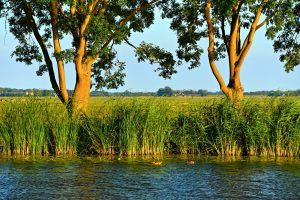 To grow reeds, it is necessary to follow a series of steps designed to give the best living conditions to this peculiar aquatic herbaceous. Let’s see what they are.
To grow reeds, it is necessary to follow a series of steps designed to give the best living conditions to this peculiar aquatic herbaceous. Let’s see what they are.
plant seedlings
When we acquire one or several young plants in a nursery, it is necessary to sow the fast rush in its definitive place.
First: dig a hole of good depth, estimated at about 50cm deep so that the rhizomes of the plants develop freely, in a natural environment with abundant water, such as wetlands.
Introduce the seedling into the hole and fill it with fertilized soil or swamp substrate.
reeds in garden
In the garden, to grow reeds the following steps must be followed:
- The location should be very well lit, in an area where the sun is intense for much of the day and where there is a high water table or flood level, although it can withstand some drought.
- Plant the young herbaceous plant in a deep hole, about 50cm deep, and add a swamp substrate, taking care that the humidity in the place is copious.
- It is not necessary to water the new plant, but to guarantee that it will always be in contact with water.
The multiplication is achieved after dividing the plant into several segments, so that its roots can cover the entire space that has been previously determined. About 5 stems for each new plant is more than enough to plant them following the protocol described above.
Spring is the right time to sow and multiply the Junco.
What care does the reed need?
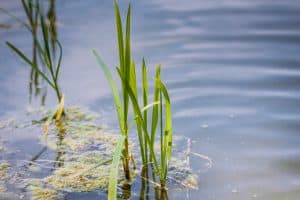 It requires some atypical conditions, different from the rest of the perennial herbaceous plants in order to survive, since its natural habitat is very humid, in depths not exceeding 10 centimeters.
It requires some atypical conditions, different from the rest of the perennial herbaceous plants in order to survive, since its natural habitat is very humid, in depths not exceeding 10 centimeters.
Let’s see what they are.
Lightning
It needs a lot of sunlight, although it requires cool, closed environments.
The sun’s rays should hit it directly. For this reason, it is ideal to have it in a well-lit garden, without forgetting that in the winter it will need protection.
Temperature
It is a friend of cool climates to develop with confidence, but it must be protected very well from winter frosts and blizzards. She does not support intense cold, only care in the coldest season, protecting her in controlled environments in extreme winters.
Otherwise, the plant will die.
Irrigation
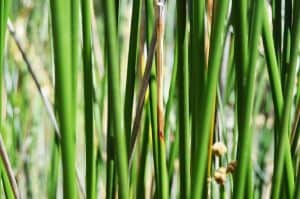 It is not a plant that needs irrigation, but water to drink.
It is not a plant that needs irrigation, but water to drink.
What does this mean?
A generous and constant level of humidity should always be maintained, because unlike most perennials, this plant requires excess water, to the point that it lives perfectly in balance if it is under flooding, because it is an aquatic plant which has a great presence on the banks of the rivers.
In artificially created environments, it gladly accepts a saucer of water under the pot, in order to comfortably suck up all the water it needs.
Pass
Nor is it necessary to pay regularly, although it is optional to do so. The monthly application of nitrogen will do you good in the spring and summer, in order to improve your bearing, your appearance.
Pruning
In winter its stems can be pruned to the height, so that they are just above the height of the water where it forms the shore.
What pests and diseases does it have?
There are no known current records of pest attacks or diseases associated with this species, which is also widely used as a true water purification filter, in order to restore humid environments, helping them to exterminate waste.

![Photo of Jade Tree or Jade Plant: [Cultivation, Care, Substrate and Irrigation]](https://www.complete-gardening.com/wp-content/uploads/2022/08/jade-tree-or-jade-plant-cultivation-care-substrate-and-irrigation-390x220.jpg)
